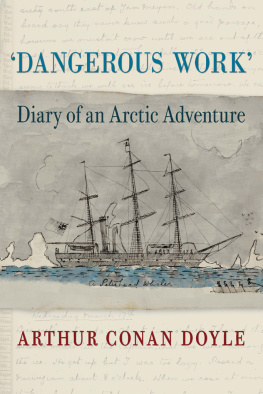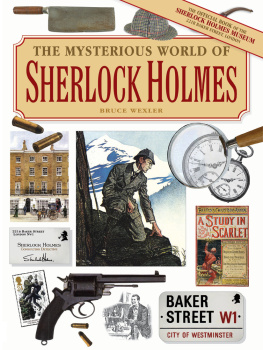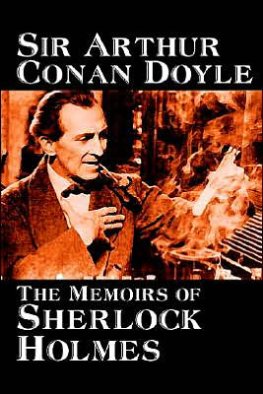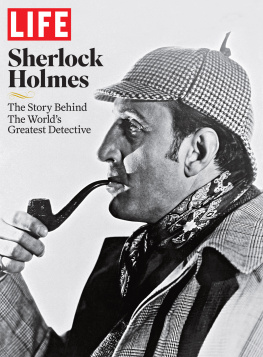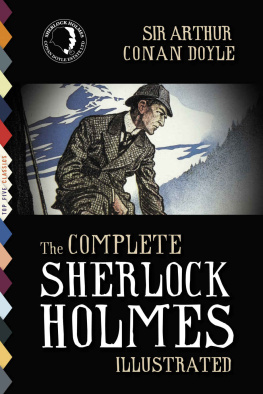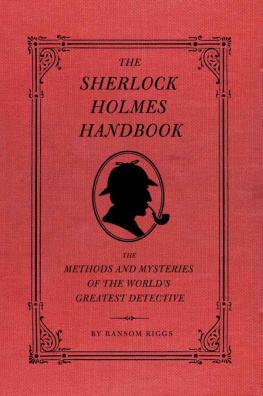First published in hardback in Great Britain in 2005 by Atlantic Books,
an imprint of Grove Atlantic Ltd.
This paperback edition published by Atlantic Books,
an imprint of Grove Atlantic Ltd, in 2006.
Copyright Nick Rennison 2005
The moral right of Nick Rennison to be identified as the author of
this work has been asserted in accordance with the Copyright, Designs and
Patents Act of 1988.
All rights reserved. No part of this publication may be reproduced,
stored in a retrieval system, or transmitted in any form or by any means,
electronic, mechanical, photocopying, recording, or otherwise, without the prior
permission of both the copyright owner and the above publisher of this book.
Every effort has been made to contact copyright holders. The publishers will
be pleased to make good any omissions or rectify any mistakes brought
to their attention at the earliest opportunity.
First eBook Edition: January 2010
ISBN: 978-1-848-87779-5
Atlantic Books
An imprint of Grove Atlantic Ltd
Ormond House
26-27 Boswell Street
London WCIN 3JZ

Nick Rennison works as an editor, writer and bookseller. His books include a poetry anthology, a short study of Sigmund Freud and two guides to fiction, The Good Reading Guide (6th edition, 2003) and The Good Reading Guide to Crime Fiction (2nd edition, 2003). He has been fascinated by the life and career of Sherlock Holmes since reading about him as a child.
Delightful and cleverly constructed great fun.
Lesley McDowell, Sunday Herald
Wherever Watsons narratives fought shy of naming names, Nick Rennison imaginatively supplies the long-suppressed details.
Christopher Fowler, Independent On Sunday
Rennison plays wonderfully with ideas based on Doyles fiction In fusing historical fact with his imagination, Rennison mirrors Doyles own method.
James W. Wood, Scotland on Sunday
Deserves to win readers beyond the serried ranks of core Sherlockians Rennison is in his element Delightful.
Andrew Lycett, Literary Review
THIS BOOK IS DEDICATED TO
EVE, WITH LOVE AND THANKS,
AND TO THE MEMORY OF
NORAH ALLENBY (19162005)
F IRST AND FOREMOST MY THANKS must go to my editor at Atlantic, Angus MacKinnon, who had the original idea for this book and who approached me to see if I would be interested in writing it. His suggestion launched me on a very enjoyable investigation into the detectives life and career. Over the last two years, friends and family have been very tolerant of my growing obsession with Holmes and many have been kind enough to offer their own ideas and thoughts on the great man. Travis Elborough drew my attention to several books and newspaper articles about Holmes that I had not seen and introduced me to a study of Moriarty that had escaped my notice. Hugh Pemberton was one of the first people to provide a sympathetic audience for my thoughts about Holmess role in the events of late Victorian England and his enthusiastic response was much appreciated. Allan Dodd bought me drinks at the Sherlock Holmes pub in central London and listened patiently as I described, in unnecessarily lengthy detail, my difficulties in sorting fact from legend in Holmess life. Paul Skinner sent me information about Charles Augustus Howell which I would not otherwise have seen. Susan Osborne, Dawn Pomroy, Richard Shephard, Andrew Holgate, Gordon Kerr and Kathy Crocker have all shown a consistent interest in the project and have, possibly without realizing it, provided me with encouragement to finish it.
At Atlantic, Bonnie Chiang, Clara Farmer and Toby Mundy have all been extraordinarily encouraging and supportive and I could not have wished for a better publisher. My thanks also go to Celia Levett whose sympathetic copy-editing has added much to the text and to Mike Levett whose indexing skills are much appreciated.
Back in the 1960s my parents owned Penguin editions of several of the volumes of Holmes short stories and it was through these books that I was first introduced to the delights of Dr Watsons narratives. I would like to thank my parents for this introduction and also for the support they provided, forty years later, during the writing of this book. My greatest thanks go to my partner, Eve Gorton, who has spent more time in the company of Sherlock Holmes than she ever expected that she would. She has often been a greater believer in this book than its author and it is dedicated to her.
T HE YEAR IS 1895. London is swathed in dense yellow fog. As the greasy clouds swirl up the streets and condense in oily drops on windowpanes, two men peer out from rented rooms at 221B Baker Street. One is tall and gaunt with a narrow face, hawklike nose and high, intellectual brow. The other, shorter and stockier, is square-jawed and moustachioed. Outside, the smog envelops a vast city that holds a thousand sinister secrets but inside is a haven of comfort and bachelor domesticity. Suddenly, out of the surrounding gloom, a hansom cab emerges. A young woman descends from it, and looks up briefly at the two men at the window before ringing the doorbell of 221B. Another client, with a tale of mystery and potential danger, has come to consult Sherlock Holmes. The game is once again afoot, and Holmes and Dr Watson will soon be in pursuit of the truth about another dark story from the hidden metropolis.
Few individuals in English history are as well known as Sherlock Holmes. From the moment in 1887 when, in a narrative published in Beetons Christmas Annual for that year, his colleague and friend Dr John Watson revealed the detectives extraordinary powers of analysis and deduction, he captured the imagination of the public. As Watson continued to act as Holmess Boswell, recording more of his exploits and adventures in magazine articles and books, his fame spread. Watsons accounts have been translated into dozens of languages, from Afrikaans to Yiddish, from Armenian to Vietnamese. Students of Swahili can read Mbwa wa Familia ya Baskerville. Those fluent in Slovak can turn the pages of Pes Baskervillsk. There are versions of the stories in Esperanto, in Pitmans shorthand and, of course, in Braille. There is even a translation of The Dancing Men into the code that plays such a central role in that story.
Dramatized versions of Holmess life began to appear in the 1890s and have continued to be performed to the present day. On any given day in 2005 an amateur dramatic society somewhere in England or America will be staging a play in which Sherlock Holmes makes an appearance. He has been the subject of hundreds of films from the early silent era to the present day. Sherlock Holmes The Musical by Leslie Bricusse, screenwriter of the Dr Dolittle movie, opened in London in 1989. (Admittedly, it closed almost immediately and has rarely been seen on the stage since.) There has been a ballet called The Great Detective, produced at Sadlers Wells in 1953, and at least one opera has required a tenor Holmes and a bass Watson to sing feelingly of their mutually rewarding partnership and the joys of detective work.
Although Holmes has been dead for more than seventy years, people still write from around the world to ask for his help. Until recently Abbey House, the headquarters of the Abbey National Building Society, which stands on the site of his one-time lodgings in Baker Street, employed a secretary to answer the letters that were delivered to the address. Since his death in 1929, a growing army of Holmes scholars has produced a library of theses and dissertations on his life and work. In half the countries of the world there are Sherlock Holmes societies, their members dedicated to the minute examination of his life and work: the Singular Society of the Baker Street Dozen in Calgary, Canada; the Copenhagen Speckled Gang; Le Cercle Littraire de lEscarboucle Bleue in Toulouse; the Tokyo Nonpareil Club; the Ural Holmesian Society in Ekaterinburg; the Illustrious Clients of Indianapolis; the Friends of Irene Adler in Cambridge, Massachussetts; the Six Napoleons of Baltimore. All these and many more are devoted exclusively to the study of Sherlock Holmes. Even writers of fiction have taken the basic facts of his life and expanded them into novels and short stories of varying degrees of credibility.



